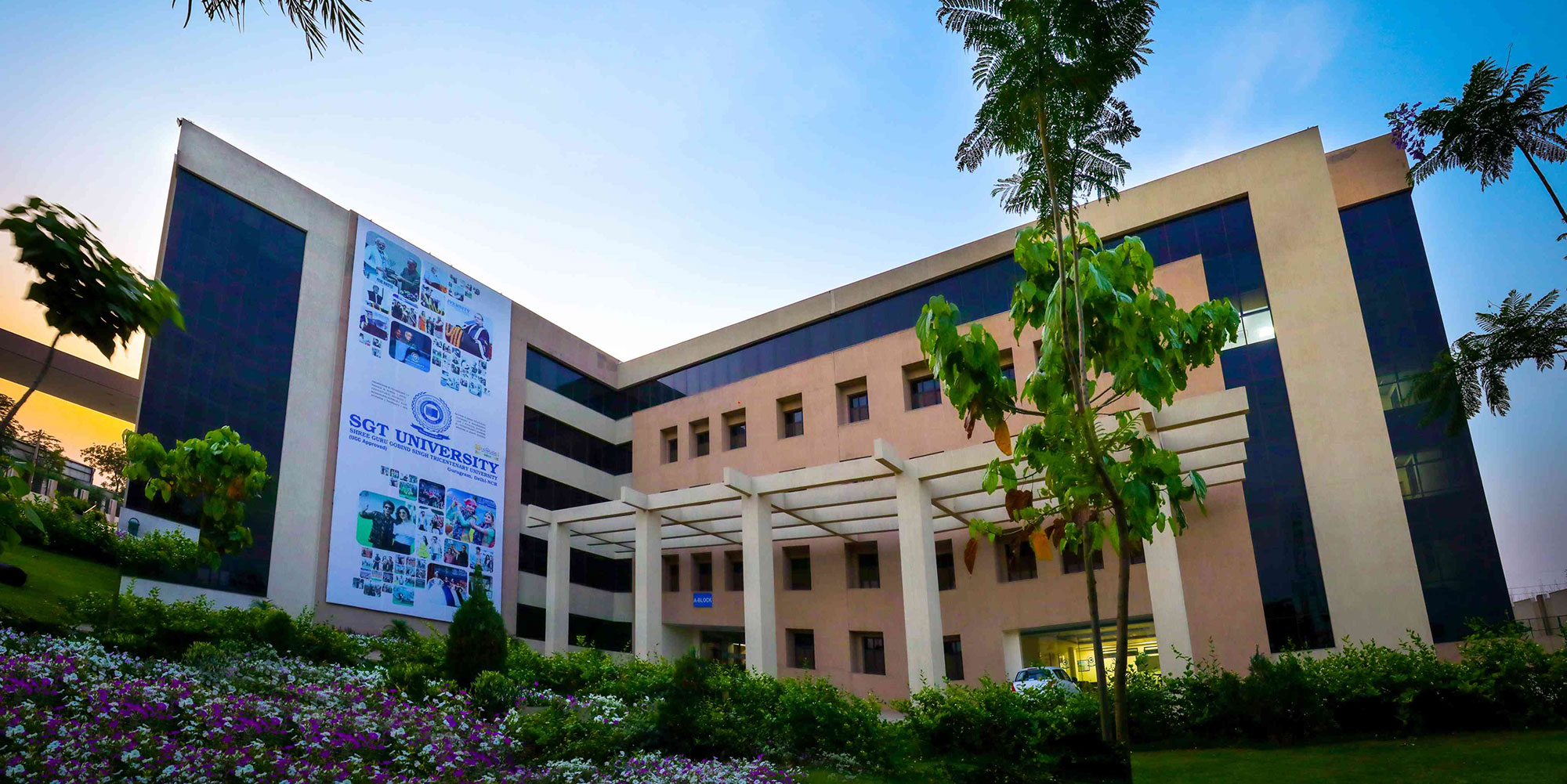December, 2019 marks Sixty-seven years old episode of polluted air that lead to environmental disasters in London which was enveloped by dense fog for four days, still remembered as Great Smog of 1952, which had taken a toll of more than eight thousand lives. Horrible Smog killed people in their homes as well as in the hospitals. Dead bodies were lying scattered on roads and streets that even burial of bodies became difficult owing to the scarcity of coffins and flowers. This also reminds US episodes of severe smog especially in New York City that has a history of three killer smog events and visibility was so poor that people abandoned their cars on road side. The United States ranks 10th in air quality with fine particulate pollution especially of PM2 which is a by-product of burning sourced from power plants, car exhaust and wildfires. Particulate matter and other pollution have dramatically decreased over the past 40 years in US, because of regulations like Clean Air Act of 1970, but still seconds to many counties like New Zealand, Canada, Australia and several European countries.
Particulate matter (PM) is also described as aerosol that is in condensed phases dispersed in the air, mostly observed in a lower atmosphere having active role in reaction with other pollutants. Smoke and soot emissions from different sources along with predisposing factors set a conducive condition for fog formation aided by an inversion of entrapped air from vertical flow to increasingly dense layer of smog as a consequence of reaction of solar radiation with airborne pollutants viz oxides of nitrogen and volatile organic compounds. Nitrogen dioxide breaks into nitric oxide and monatomic oxygen by UV radiation. Resultant monatomic oxygen then reacts with oxygen gas to form ozone. The mixture of these primary and secondary pollutants viz ozone, aldehydes, and peroxyacetyl nitrates, forms photochemical smog. Primary and secondary pollutants in photochemical smog are highly reactive and oxidizing compounds responsible for negative health outcomes especially ozone irritation to lungs besides array of deleterious impact on health. Crop residues burning alone is not responsible for smog but emissions from vehicle and industries also react chemically in the presence of sunlight to form ground-level ozone, or photochemical smog.
Ceasing burning hydrocarbons seems not to happen in near future and emergency measures for cutting road traffic like that in Delhi by adopting “odd and even number” transportation; are of small endeavours with a lesser impact. Actually, our reliance on fossil fuels needs to be directed to have tangible solutions to curtail pollution. Pollution abatement technologies for non-carbon pollution include Titanium Dioxide to curb the emission at source. Ultrafine Titanium dioxide (TiO2) is an important component in many catalytic systems that regulates emissions as is in Euro IV, Euro V and Euro VI. Photocatalytic TiO2 breaks down pollutants in presence of sunlight paves a way for improving air quality. Daan Roosegaarde ,a great innovator , designed smog sucking bicycles primarily and then a Smog-Free Tower; a miraculous vacuum cleaner. Tower sucks in smog by top of the tower in the surrounding area using ionization technology, and releases the filtered air via the six-sided vents with efficient energy system and a capacity to essentially clean more than 30,000 cubic meters of air per hour. The Smog Free Tower was found efficacious in Rotterdam in 2015 and followed by its usage in four Chinese cities, Krakow, Poland etc. China is effectively using these towers. Smog Free Tower is charged with a positive current responsible for emitting positive ion into the air, which in turn gets attached to fine dust particles that are harmful. These dust particles along with the ions are accumulated inside of the tower. This technology differs from regular filter systems that fail to do which otherwise done by capturing ultra-fine smog particles by tower. recycle the same smog into wearable “smog gemstones”. A mechanism involved a collection of carbon particles and condenses these in little dices used in jewellery.
The problem needs to be addressed on threshold before it affects many societal sectors. Abatement strategies with a sound scientific basis to understand a technical and non-technical measure for cost-effective actions needs to be explored.
Prof. (Dr) A K Bhat
Additional Dean
FASC, SGT University


